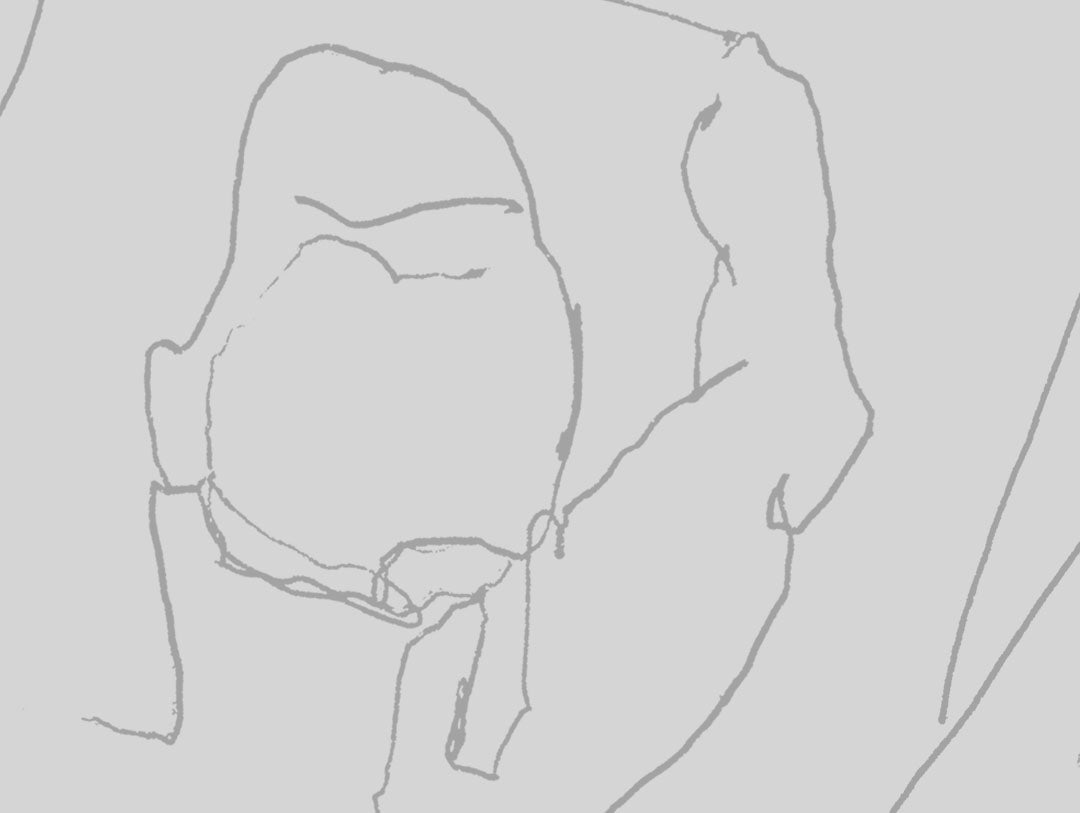THE RITUAL
P E N S É E S
“We run as fast as we can in order to stay in the same place,” cultural historian Peter Conrad said more than 20 years ago. “Everything that requires duration takes too long, and everything that takes time takes too much time,” philosopher Günther Anders observed in the 1950s. Did we always have the feeling that we had too little time and too much to do? When did the era of the frenetic standstill begin? When did the simultaneousness of things become the norm? Since when has the fear of missing out been pushing us into a compulsion to act? Why do we try to keep up with the “world time” at all, which increases exponentially, as opposed to the “lifetime”? When did time become so fluid?
Sociologist Byung-Chul Han also asks himself why we do not want to inhabit time anymore, when he writes: “Time is lacking a solid structure these days. It is not a house, but an inconsistent flow. It disintegrates into a mere sequence of individual moments of present. It rushes away. Nothing stabilizes it. The time that is rushing away is uninhabitable.”
We pine for depth, authenticity, intensity; and at the same time we quash everything that might enable such experiences – for fear of losing time, for fear of falling by the wayside.

INCREASING BEING BY INCREASING HAVING
In fluid times like these, people increasingly long for something solid. We need anchor experiences, we pine for depth, authenticity, intensity; and at the same time we quash everything that might enable such experiences – for fear of losing time, for fear of falling by the wayside. We accumulate different jobs, partners, travels and objects, hoping that they will make us feel rich within – sociologist Gerhard Schulze calls this “increasing being by increasing having”. Variety has precedence over sameness – despite the fact that sameness, which is produced by repetition, provides stability. It structures time, it offers orientation, it provides an anchor. Repetition is unjustly accused of inhibiting creativity. Is it really fair to curse learning something by heart as a waste of time? Or might there not be a certain kind of power in repetition, which is an essential characteristic of rituals?
„Rituals (…) transform being in the world into being at home. They make the world a reliable place. They are in time what a home is in space. They make time inhabitable. Indeed, they make it accessible like a house,” Han says. And don’t we all know this: The meeting with friends once a month which follows a certain script and feels so satisfying and full. Even rituals that may seem strange can create meaning: Ludwig van Beethoven sang the scale up and down while he was washing his hands, and poet Friedrich Schiller put rotten apples into his desk drawer because he “needed the smell of decay in order to write”.
The repetition of the same sounds, their suspension condenses the spiritual atmosphere, which is necessary in order for feelings to mature...
WASSILY KANDINSKYMusic also celebrates repetition. One good example is Maurice Ravel’s “Bolero”: the subject is consistently repeated 18 times without any variation. Many reviled this “long, progressive crescendo” as a major provocation. Others, like expressionist painter Wassily Kandinsky, praised this sameness: “The repetition of the same sounds, their suspension condenses the spiritual atmosphere, which is necessary in order for feelings to mature...”. He viewed it as an intense absorption, an encounter with himself on a deep level.A similar approach is used in performance artist Marina Abramović’s „Cleaning the House“ workshops, where participants count rice grains or look each other in the eyes for hours or do everything in slow motion for a day.
Rituals, repetitions, sameness: Maybe we can give them a quiet little chance in the torrential gush of the present. And see what happens.

